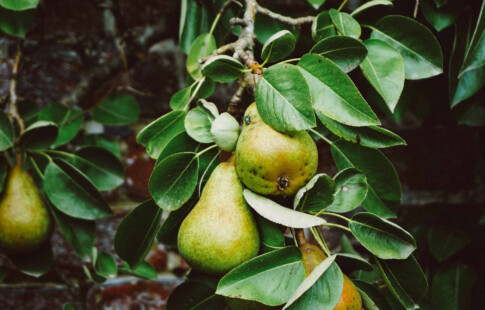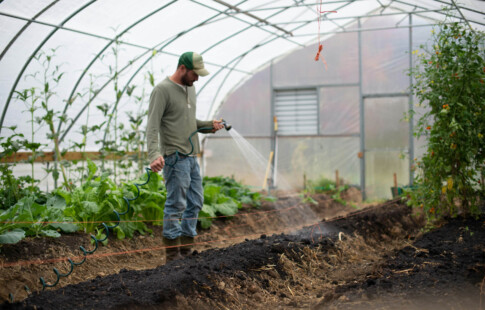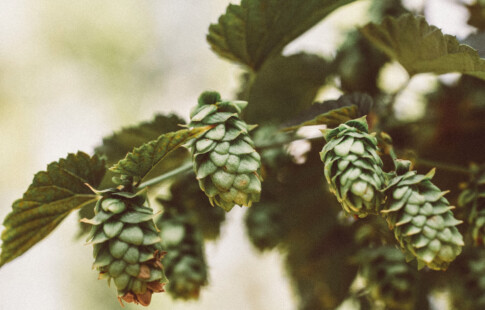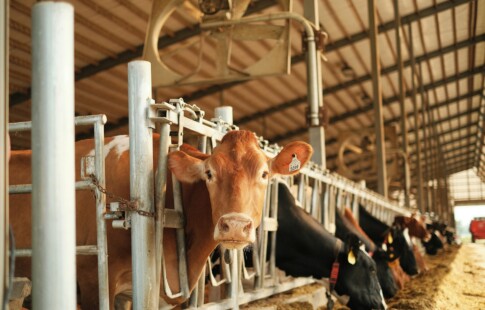
Sustainable Diets for Athletes: 5 Tips
We are reader-supported. When you buy through links on our site, we may earn affiliate commission.
Athletes exert a lot of energy and burn calories in their training, so they have to intake a lot of calories to replenish themselves. Using more food resources could negatively affect the environment, especially if their meat intake increases. Some people have turned to sustainable diets for athletes to ensure they get the nutrition they need without negatively impacting the environment.
Here are five tips for athletes who want to make their diet more sustainable while still getting the nutrients they need.
1. Embrace Plant-based Proteins
Protein is one of the primary building blocks of an athlete’s diet. It helps you gain and maintain muscle mass during your training. Athletes typically have high metabolisms, so protein is an excellent way to keep them satiated from meal to meal. Though, your protein sources don’t have to come from meat exclusively.
Legumes, soy products, and nuts are some of the most popular non-meat protein sources for vegetarians and vegans. Chickpeas are a great legume option because they contain almost 15 grams of protein in one cooked cup and taste great in dishes like hummus. Tofu, made from soybeans, is another meat alternative with about 10 grams of protein per 3.5 ounces. Nut butter from peanuts, cashews, almonds, and more contains healthy fats and protein.
2. Try the Flexitarian Diet
The flexitarian diet is primarily vegetarian and includes fruits, vegetables, whole grains and nuts. It’s not a completely vegetarian diet because it allows for some meat consumption. There are different commitment levels to the flexitarian diet, so the choice is yours how much meat consumption you want. Most people on the flexitarian diet consume as few as nine ounces of meat per week, and others will eat up to 28 ounces of meat per week.
Flexitarians use this diet to help the environment because the meat and dairy industries contribute to 60% of agricultural greenhouse gas emissions on Earth, mostly due to methane from cattle. Methane pollutes the air and adds to global warming by trapping solar energy and warming the environment around it. The flexitarian diet helps people reduce their carbon footprint while maintaining a healthy diet.
3. Reduce Food Waste
Food waste significantly contributes to climate change because of its greenhouse gas emissions. When you, the supermarket, a distributor, or anybody else throw away food products, they end up in landfills. When it’s in a landfill, the food generates methane. The cost to transport the food can have a detrimental impact on the environment because of carbon dioxide (CO2) emissions.
As an athlete, you probably buy a lot of fresh food to keep your nutrition high. You can take some steps to reduce your waste, starting at the grocery store. Only purchase what you know you’ll eat instead of buying food, such as produce, you’ll throw away when it spoils. Store some fresh food, like meat and produce, in the freezer to make it last longer. The same goes for your leftovers. Put them in the fridge or freezer and don’t let them waste.
4. Shop From a Farmers Market
As mentioned before, the transportation of food contributes to CO2 emissions in the air. One way you can contribute to reducing these emissions is to shop at a local farmer’s market. At these shops, most of the food is grown locally, which means the amount of CO2 emissions to bring the food to the market is much lower than if it came from another state or across the country.
5. Grow Your Own Fruits and Vegetables
This step may take longer than the others, but it’s worth the time if you can do it. Growing your food is one of the most significant ways to contribute to a more environmentally sustainable planet. Conduct some research on your area’s climate and what fruits and vegetables can grow in your area.
When you have plants or a whole garden on your property, you can walk to get the food you want, cutting out the CO2 emissions. If you grow enough crops, you can donate or sell them at the same farmers market you visit. It may seem like a lengthy process, but you’ll feel satisfaction from having your own food at the table.
As an athlete, you can take advantage of growing vegetables to keep up with your nutrition. You can grow protein sources like soybeans, lentils, and chickpeas at home. If you get a plentiful harvest of these plants, you can save money by not buying them at the store.
Making Sustainable Diets for Athletes
Many athletes watch their nutrition as closely as they do their training. The food you eat helps determine your strength and how you build your body back after a workout. The food and how it’s transported can affect the environment, though.
That’s why it’s essential to think about sustainable diets for athletes. Try finding non-meat protein sources and buy locally grown fruits and vegetables. These five tips will help you lower your carbon footprint and become a better citizen of Earth.
Share on
Like what you read? Join other Environment.co readers!
Get the latest updates on our planet by subscribing to the Environment.co newsletter!
About the author
Steve Russell
Steve is the Managing Editor of Environment.co and regularly contributes articles related to wildlife, biodiversity, and recycling. His passions include wildlife photography and bird watching.





